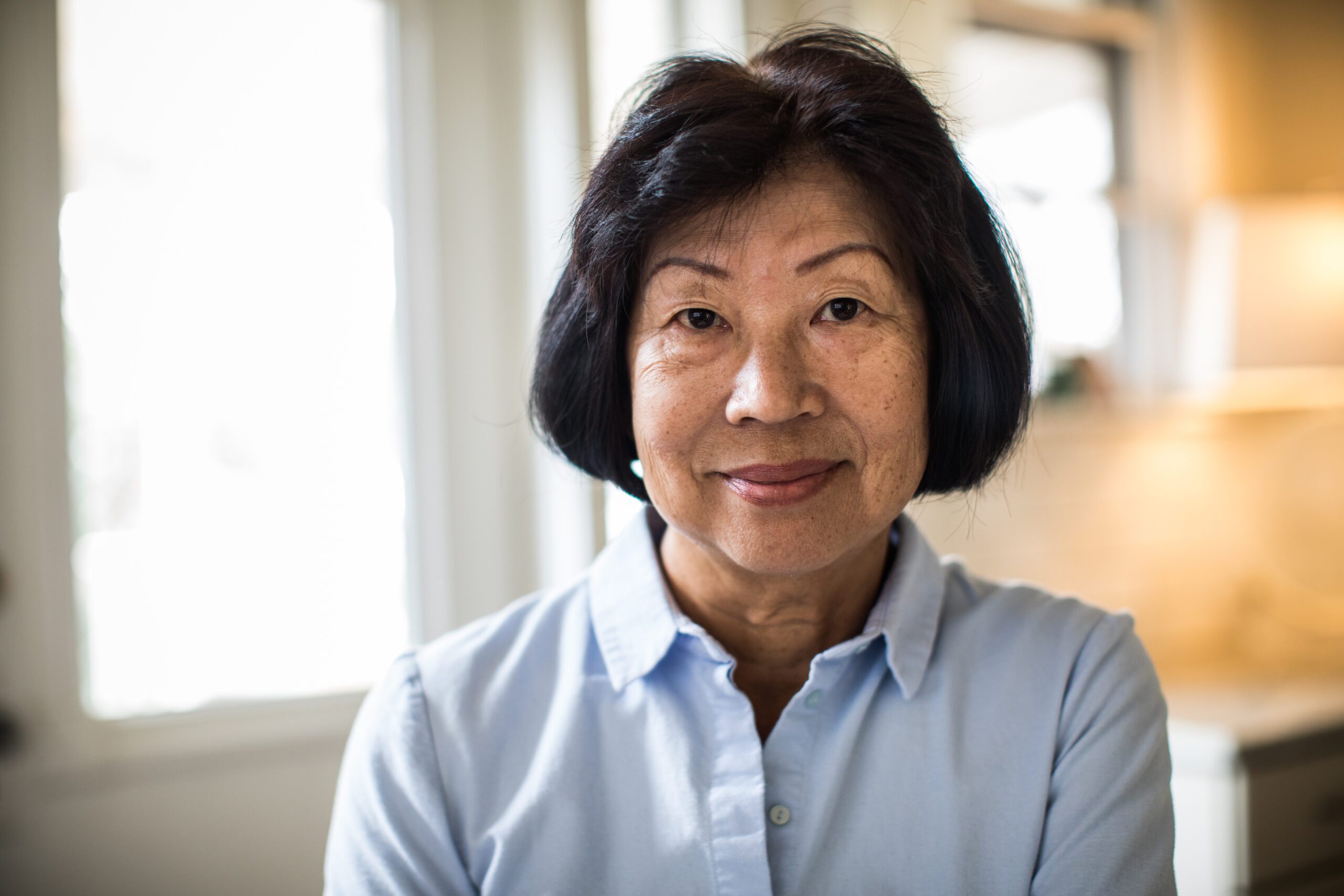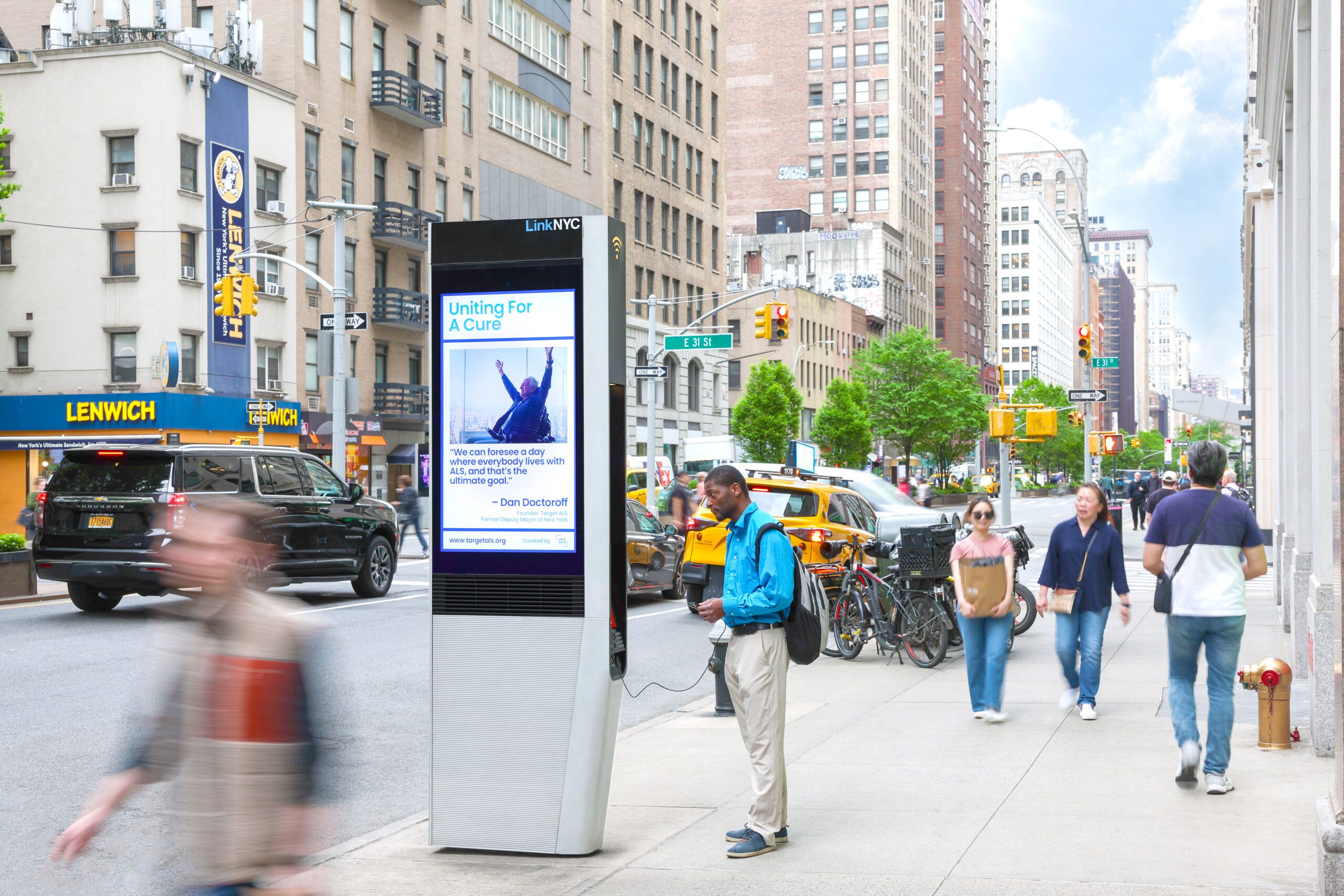Despite an estimated 100,000 people living with ALS in India, South Asian populations have been largely excluded from global genetic studies of the disease. This gap isn’t just a statistical oversight—it’s a roadblock to understanding how ALS develops, progresses, and can be treated in diverse populations worldwide.
Now, a first-of-its-kind Genome-Wide Association Study (GWAS), funded by Target ALS, is set to change that. With a collaborative leadership team including renowned neurologists Dr. Atchayaram Nalini (NIMHANS, Bengaluru), Dr. Vishnu Venugopalan (AIIMS, New Delhi), and genetics expert Dr. Henry Houlden (University College London), the study is on track to enroll 2,000 individuals with ALS and 2,000 matched controls across India over the next five years.
This landmark project will integrate deep clinical phenotyping, longitudinal biofluid collection, and comprehensive genetic sequencing—a powerful combination that may unlock new diagnostic markers, therapeutic targets, and insights into disease progression. And for the first time, the genetic story of ALS in India will be told on a global stage.
Why India, Why Now?
“We’ve done GWAS in European populations for over a decade, but we don’t know what ALS looks like genetically in South Asians,” explained Dr. Henry Houlden. “This project allows us to ask entirely new questions—and we may uncover not just risk factors, but even protective genetic traits.”
Indeed, South Asia is genetically and environmentally distinct, with complex exposures—ranging from heavy metals to occupational hazards—that may influence how ALS manifests in different regions. Yet, the genetic architecture of ALS in India has remained largely unexplored.
“ALS in India often progresses more slowly, and patients tend to live longer,” noted Dr. Nalini. “We suspect some Indian populations may carry protective gene variants. But without comprehensive data, we’re only guessing.”
From Deep Phenotyping to Personalized Medicine
This study doesn’t stop at genomics. A defining strength lies in its deep phenotyping approach, collecting rich clinical and lifestyle data to capture the full picture of each patient’s disease experience. Dr. Nalini’s team at NIMHANS, and Dr. Vishnu’s team at AIIMS, are ideally placed to execute this, with decades of experience treating patients from every corner of India.
“These two centers serve as national referral hubs,” explained Dr. Houlden. “Their reach ensures a sample that reflects India’s rich genetic and geographic diversity.”
This detailed profiling allows for more than just discovery—it’s a step toward personalized ALS care. By correlating genetic data with environmental exposures, progression patterns, and lifestyle factors, the study may pave the way for precision medicine strategies that work for Indian patients—and potentially beyond.
The C9orf72 Enigma
Among the many genes of interest, C9orf72 stands out. In European populations, it’s the most common known cause of ALS, but its prevalence and behavior in South Asians remains largely unknown.
“We’re especially excited to look at the somatic instability of C9 in Indian patients,” said Dr. Houlden. “In the blood, the repeat length might look small—50 repeats—but in the brain it could be over 20,000. That difference matters. It could explain disease severity, progression, even cognitive symptoms.”
Beyond C9, researchers will explore other known ALS genes (like SOD1, ATXN2) while searching for novel, population-specific risk variants—a goal only possible through large-scale, inclusive genomic studies like this one.
Longitudinal Biofluids: The Missing Link
Crucially, patients enrolled in the Indian GWAS will also contribute longitudinal biofluid samples—blood, urine, and cerebrospinal fluid—that will help researchers understand how genetic variants influence disease progression at the molecular level.
A subset of samples will be made available through the Target ALS Longitudinal Biofluid Repository, which will also include samples from diverse populations around the world, including South Korea, Israel, and Colombia. Researchers globally—both in academia and industry—will also have access to the paired clinical and genomic data via the Target ALS Data Engine.
“This isn’t just a genetics study—it’s a full-spectrum, systems-level look at ALS in India,” said Dr. Houlden. “It’s how you find new biomarkers, stratify risk, and ultimately change how we treat patients.”
Breaking Down Barriers, Building a Global Model
Conducting this kind of research in a country as vast and decentralized as India isn’t easy. As Dr. Nalini noted, cost, education, and counseling infrastructure all present significant challenges.
“Many families don’t understand what genetic testing means—or fear what it could imply,” she said. “Without adequate genetic counseling and affordable testing options, uptake is limited.”
With in-house clinical geneticists at NIMHANS, the team has already performed genetic testing on more than 700 ALS patients in the past few years. And, with support from Target ALS, they will be able to expand testing, raise awareness, and advocate for multi-center participation across India.
“This study between NIMHANS and AIIMS can represent the breadth of India,” Dr. Nalini said, “but ultimately we need more regional sites, more education, and more collaboration.”
What Success Looks Like
What does success look like five years from now?
“We’d like to see a mix of known and novel hits in the GWAS,” said Dr. Houlden. “We expect some overlap with European data because of the disease’s underlying biology—but we also want to see ethnically unique findings. That’s what will drive new hypotheses, new treatments, and more inclusive clinical trials.”
The findings may also shift how global trials are designed. As Dr. Houlden noted, Indian sites like NIMHANS and AIIMS are well-positioned to run clinical trials, and understanding regional genetic risks could help ensure that future therapies work across populations—not just in North America or Europe.
“A C9-stabilizing therapy might work differently in an Indian patient,” he explained. “We need to know that. This study will help us find out.”
A Global Effort, A Shared Urgency
At Target ALS, we know that the future of ALS treatment depends on diversity—of data, of participants, and of ideas. This study is part of a broader effort to bring underserved populations into the fold, not only as subjects of research, but as equal partners in discovery.
“For too long, ALS research has been limited by a lack of representation,” said Dr. Nalini. “But if we care about solving this disease—for everyone—we must do better.”
This initiative is more than a study. It’s a step toward a more equitable future—one where progress is driven by collaboration, not geography. And one where patients everywhere have a seat at the table.
Because in the world we’re building, Everyone Lives.




